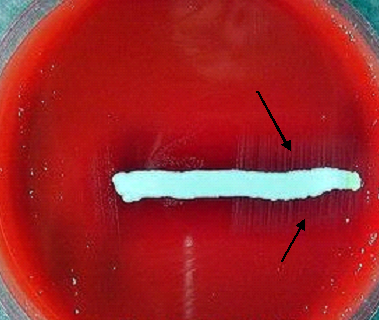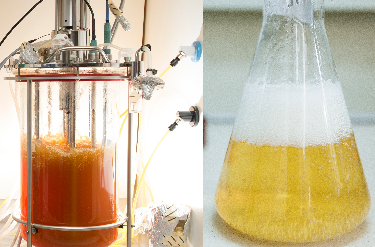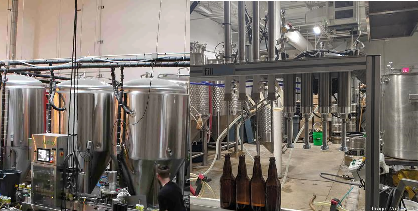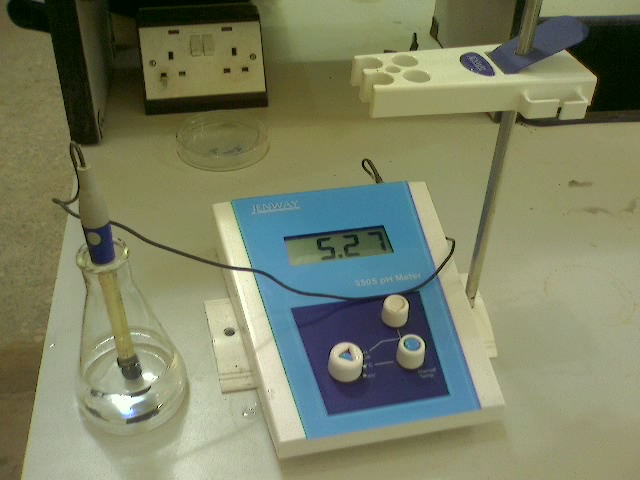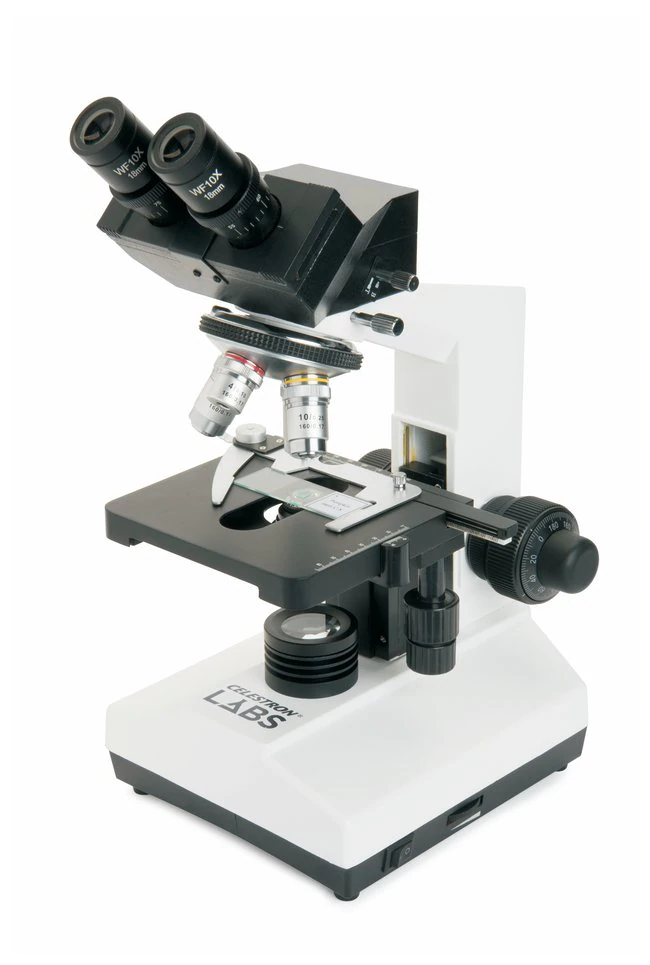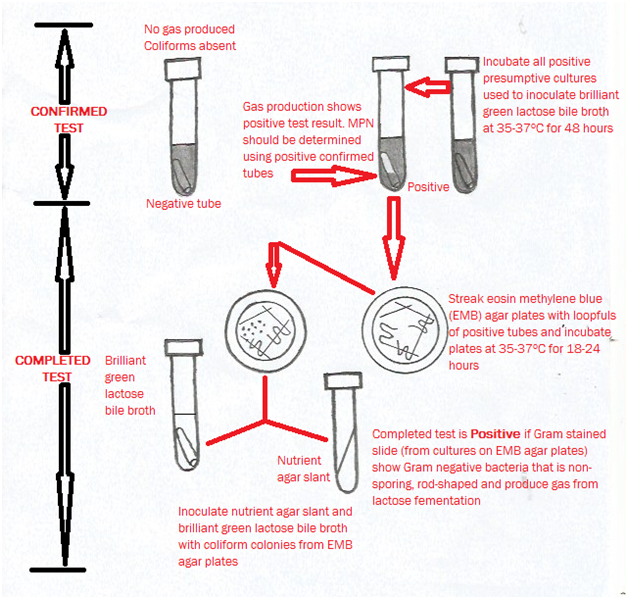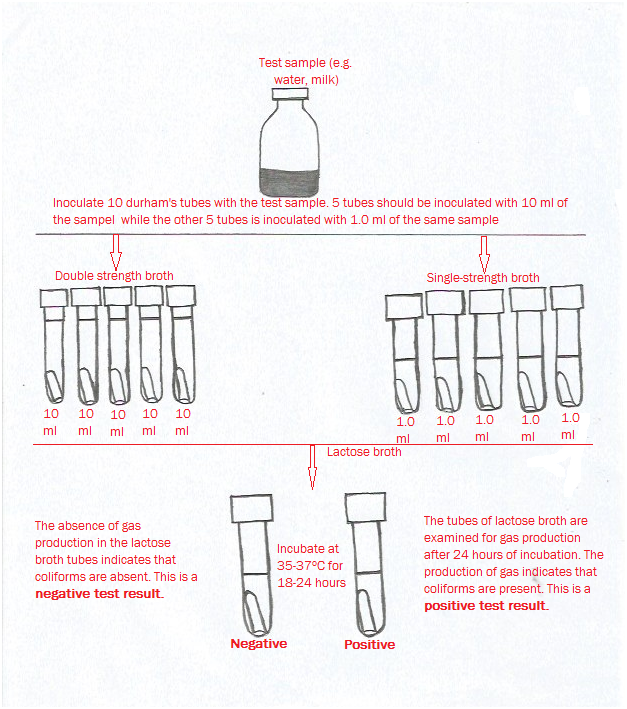HAEMOPHILUS INFLUENZAE
Haemophilus influenza is a small, Gram-negative, non-sporulating, non-motile, urease positive, indole positive, pleomorphic, rod-like or coccobacillus blood-loving bacterium in the family, Pasteurellaceae. H. influenzae, a non-toxin producing bacterium was first isolated during the 1890 influenza pandemic, and it is often referred to as a “blood-loving” bacterium (i.e. haemophilic bacterium) because it requires growth factors which […]
HAEMOPHILUS INFLUENZAE Read More »
Bacteriology
